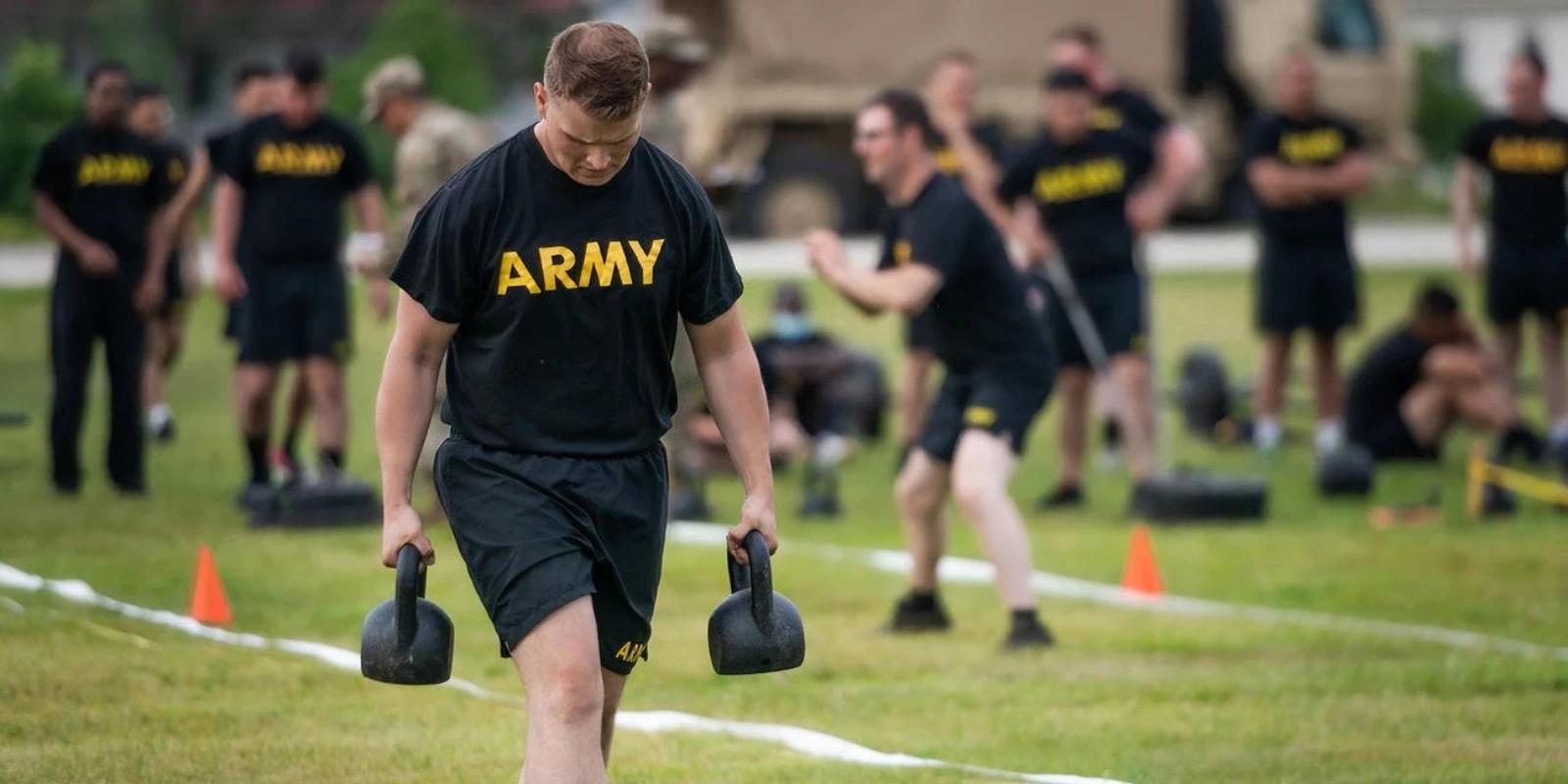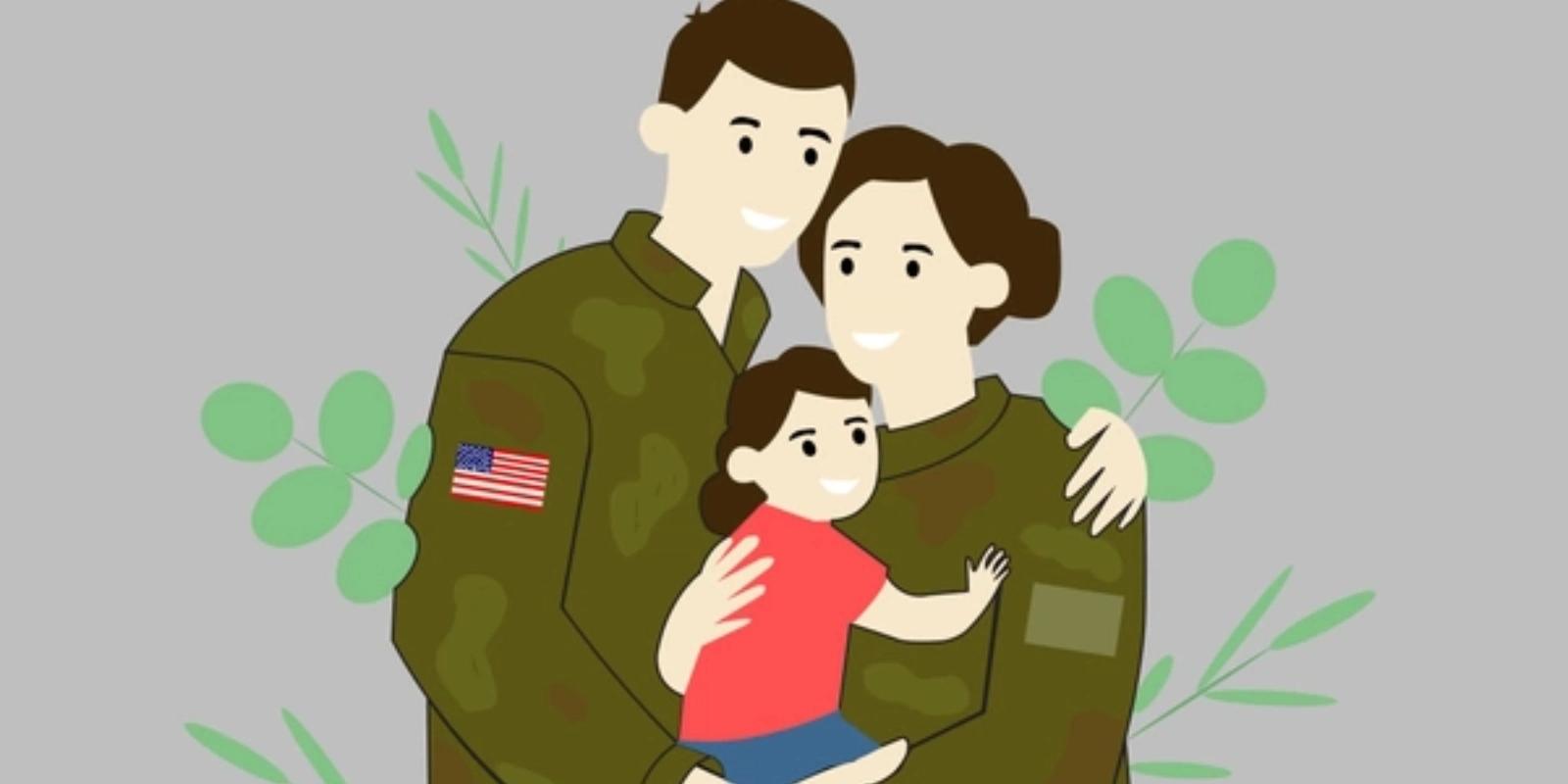ADDICTION IN THE MILITARY AND CIVILIANS - SIGNS AND TREATMENT

Regardless of rank, branch, or years of service, no one is immune to the risks of addiction, nor the negative impact it can create. Whether enlisted or civilian, everyone likely knows someone who has struggled, or is currently struggling with problematic substance use. Being able to recognize the signs of chemical dependency and knowing where to look for help are life-saving skills that everyone should have.
Suggested read: 5 Strange Military Traditions That Are Totally Real
How Common Is Drug Addiction in the Military?
Addiction in the military is more common than you might think. It can arise out of routine circumstances like taking a legitimate prescription for a medical issue or after-work drinks with friends. These behaviors are perfectly normal; however, lurking factors like trauma, stress, isolation, and boredom can sometimes cause the use to increase in frequency and amount over time. When this escalation begins to harm a person’s health or hinder their daily responsibilities, it becomes a substance use disorder, or “SUD.”
SUD’s can involve alcohol, stimulant drugs, opioids, sedatives, hallucinogens, and more. America is in the grip of a national opioid epidemic, spurred on by drugs like oxycontin and fentanyl, but alcohol remains the most prevalent substance of abuse among people suffering from addiction, particularly in the military.
According to the National Institute on Drug Abuse, military personnel and Veterans have a higher rate of substance abuse and mental health issues compared to the civilian community. In fact, according to the National Institute on Drug Abuse, more than one in 10 Vets between the ages of 18-25 have a SUD, which is slightly higher than average. Additionally, mental health disorders are more prevalent, with a quarter of active-duty Soldiers possessing some type of mental health disorder (NAMI).
What Are the Signs and Symptoms of Addiction?
Addiction can manifest itself in many ways depending on the substance or substances being used. In general, unexplained mood swings, changes in physical appearance, difficulty following through with commitments, and evasive or paranoid behavior can all be indicators of an SUD.
Below is a list of the most common substances of abuse and the symptoms they cause. This is not a complete list, but it is a great starting point to help you identify the signs of addiction in your loved ones, or even yourself:
Alcohol
Regular over-consumption of alcohol can cause redness and swelling in the face and hands. Over time it can cause confusion and memory loss. People who have become physically dependent on alcohol may begin to feel irritable, shaky, and confused when they are unable to drink for several hours.
Behaviorally speaking, alcohol abuse may appear as drinking at inappropriate times, looking for any excuse to drink, drinking alone, lying about drinking, refusing to acknowledge the negative impact drinking has caused, and drinking despite harmful consequences.
Within the military, drinking to get to sleep, drinking to calm down, forgetfulness, and a gradual decline in the ability to perform assigned duties may be indicative of a problem with alcohol abuse.
Depressants
Alcohol is a depressant drug, but other common depressants include Benzodiazepines (Xanax, Valium, Librium, etc), Barbiturates (Amobarbital, Phenobarbital, etc.), and even Marijuana. These drugs tend to have a sedating effect, so look out for excessively slow or slurred speech, drowsiness, inability to pay attention, and poor judgment. Glassy eyes and dilated pupils may also indicate abuse of depressants.
Among military personnel, depressant abuse may show up as frequent tardiness, inability to follow instructions, falling asleep at inappropriate times and difficulty waking up, difficulty coping with stress or calming down without using substances, frequent complaints about anxiety, and medication seeking behavior.
Inhalants
Inhalants work differently than most drugs, as they induce a brief high by depriving the brain of oxygen for a short period. These are particularly dangerous because they are easily accessible, require more frequent use to produce the desired effect, and can rapidly and severely damage brain tissue.
Common symptoms of inhalant use include anxiety, watery eyes, headaches, nausea, and noticeable irritation or rashes around the mouth and nose. In more severe cases, it can begin to cause muscle spasms, confusion, and even psychosis over time.
Inhalant users will often have an unusual amount of aerosol canisters or compressed gas cartridges lying around or thrown away. Within the military, this may manifest as cleaning or other chemical agents going missing from their storage areas or unexplainably turning up among someone’s personal effects.
Hallucinogens
Feeling detached and isolated from others is a sign of using hallucinogens. Not surprisingly, hallucinations are a sign of use as is feeling paranoid, confused, and dealing with various mood swings.
Hallucinogens (LSD, Psilocybin, Peyote, etc.) can induce a wide range of symptoms. Use of these drugs can lead to confusion, isolation, mood swings, hallucinations, and delusional thinking.
Among military personnel, use of hallucinogens may manifest as vivid flashbacks, avoiding social interactions, difficulty following instructions, and paranoia.
Opioids
The opioid epidemic continues to significantly disrupt the lives of Americans, both civilian and military, because of the sheer availability and continued overprescribing of these drugs.
Many opioid addicted individuals started their use with a legitimate prescription from a doctor but developed a dependency over time. Once the prescriptions run out, some buy pills illegally from others, and, eventually, turn to cheaper illicit alternatives like heroin. Soldiers and Veterans who have served in the middle east are often more likely to have used heroin due to the high prevalence of the drug throughout those regions.
Visible track marks from needle use are relatively easy to spot, but because opioids can be consumed orally or via smoking, it is important to be able to recognize other symptoms as well. Opioid users may present with slurred speech and drowsiness. Like alcohol users, they may become irritable, confused, shaky, and complain of body pain when unable to use for a long period of time. They may complain of stomach pain, nausea, constipation, and intense headaches as well.
Opioids carry a strong risk of overdose. This risk has become even greater recently as fentanyl, an extremely powerful and deadly opioid, has become more common. If you know, or even suspect, that someone close to you is using opioids, it is recommended that you always keep Narcan accessible. Narcan is a fast-acting medicine, usually administered via nasal spray or swab, that can rapidly counteract the effects of opioid drugs and prevent death from overdose.
Stimulants
Stimulants may be prescription medications like Adderall or Ritalin, but also encompass illicit substances like cocaine and methamphetamine. Soldiers may be tempted to use stimulants to keep up with the rigorous demands of military life, increase alertness and focus on the battlefield, or as an exercise-aid & appetite suppressant to maintain fitness.
Symptoms of stimulant abuse include unusual and rapid weight loss, hypervigilance, anxiety, paranoia, repetitive or obsessive behavior (pacing, picking at skin, taking things apart, etc.), delusional thoughts, frequent nose bleeds or poor oral health, and rapid speech.
The extreme highs of stimulant use are often followed by a “crash,” or period of extended downtime. Heavy users may go through cycles where they spend several days awake followed by several days asleep.
Cannabis
Cannabis/Marijuana comes in a variety of types and potencies. Smoking is the most common method of use, but it can also be cooked into food and eaten or condensed into oil for vape devices. The effects of cannabis can range from calming & sedating to stimulating and hallucinogenic.
Symptoms of problematic cannabis use might look like red, watery eyes, slowed reaction times, difficulty paying attention, forgetfulness, nonsensical speech, the inability to feel happiness or interest unless under the influence, and excessive appetite or sudden weight gain.
Designer Drugs
Designer Drugs are synthetic versions of certain drugs (typically stimulants, depressants, and cannabis) that are chemically altered to mimic their effect but avoid detection by common drug tests.
They are less prevalent than other drugs, but because they will not show up on many drug tests, they are particularly appealing to active duty service members who may be tested at random to maintain their standing in the military.
Common Depressant-derived Designer Drugs include: etizolam, clonazolam, diclazepam, and flualprazolam. Stimulant type designer drugs are often known as “Bath Salts''
Cannabis-derived Designer Drugs include: Spice/K2, “Herbal Incense,” and “Herbal Smoking Blends.”
The symptoms and side-effects of designer drugs will usually mirror those of the drugs they were designed to mimic. If symptoms of drug use are present but routine drug tests are not yielding positive results, additional evaluation by a physician may be required to determine the cause.
Related read: TRICARE Urgent Care - Understanding Your Family's Coverage
TRICARE Covers Military Addiction Treatment
Seeking help for addiction can be a very difficult decision, especially as a member of the military, a Veteran, or a member of a military family. The fear of letting others down, as well as the shame and stigma around substance abuse, have always been significant barriers to military members battling chemical dependency.
Pura Vida Recovery Services is actively working to tear down those barriers and provide military staff & families with the high-quality care they deserve. As contracted providers for both TRICARE and TriWest HealthCare Alliance, Pura Vida is able to offer active-duty military, their families, & Veterans life-saving treatment at little or no out of pocket cost.*
Lead by former USAF Veteran and double board-certified physician, Dr. Roderick Fontenette, Pura Vida’s expert staff not only treat addiction, but also its underlying mental health issues such as Trauma/PTSD, Depression, Bipolar, Anxiety, and Insomnia. Dr. Fontenette’s first-hand military experience provides an informed, safe environment for military patients and family members to recover and reclaim their lives.
Pura Vida’s mission goes beyond traditional drug and alcohol treatment. They believe recovery means more than quitting substances, it involves rediscovering the joy of living through community, accountability, and connection. Their treatment curriculum uses evidence-based, and science supported therapy techniques as well as experiential sober-fun activities like zip lining, go kart racing, and rock climbing.
They offer multiple care options to ensure the right fit for each person, including specialized groups and services for military members and young adults aged 18-28. Additionally, their high staff-to-client ratio ensures that every patient will receive the time and attention they need to properly heal.
If ongoing structure and support is desired after treatment, Pura Vida’s affordable sober living homes provide a safe, comfortable environment for patients to practice their newfound sobriety skills. Residents of sober living can also take advantage of Pura Vida’s many wrap-around services such as free transportation, free vocational training, resume workshops, life skills classes, GED & college prep, and more.
These unique treatment offerings are intentionally designed to foster recovery in a real-world environment, replacing isolation with empowerment, support, and genuine connection. Recovery doesn’t have to be a lonely, risky, uncomfortable experience. It can, and should, be an exciting, meaningful, and transformative process.
To learn more about the programs at Pura Vida, including possible scholarships for Veterans facing homelessness due to substance abuse, contact them today or join the mailing list at mailto:info@pvrecovery.com.
*Please Note: Clients wishing to use their TriWest or Tricare benefits must undergo an assessment and obtain a referral from their Primary Care Manager (PCM) to attend treatment. Your PCM may make alternative recommendations based on your case. If you do not have a Primary Care Manager, contact your local VA office (Veterans) or Tricare affiliated medical office (active duty & families) to schedule your assessment.
Read next: Getting Married For Military Benefits, When Is It Okay?
This editorial is a result of a collaboration with Pura Vida.
SHARE:
TAGS:
JOIN OUR NEWSLETTER
Get the latest news and military discounts



